Although modern-day Inuit art has flourished since the early 1950s, there are remarkably few works that depict the artist in their role of creator, making this assertive self-depiction by Oviloo Tunnillie (1949–2014) exceptional. Long is the history of the artist self-portrait; in this work Oviloo asserts her unique position within a global tradition.
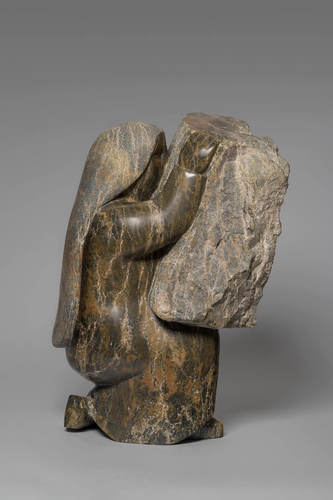
Serpentinite (Kangiqsuqutaq/Korok Inlet), 53.0 x 37.5 x 33.3 cm, signed with syllabics, collection of Fred and Mary Widding
In Self-Portrait with Carving Stone, the artist appears to merge with her material. Her robed body crouches as she holds and stabilizes a piece of carving stone against her torso and face. The rough, unfinished texture of the uncarved serpentinite enables the viewer to realize the transformation that the artist accomplishes through her work. Oviloo’s life was dominated by her self-identified role as a carver, and this was one of her frequent and powerful themes. In a 1998 interview she observed:
When I was finishing this up, I didn’t want to take this [uncarved] piece off . . . just to let the public know that this is the kind of stone that we carve before we do the actual finishing. I like carvings which have unfinished parts. . . . This is what the stone actually looks [like] before it is finished.
Oviloo’s artistic process is the subject of some of her most impressive sculptures, including this one. Her self-portraits express a range of emotions, from deep contemplation, physical exertion, and pride to the elation resulting from creative actions.
This Spotlight is excerpted from Oviloo Tunnillie: Life & Work by Darlene Coward Wight.
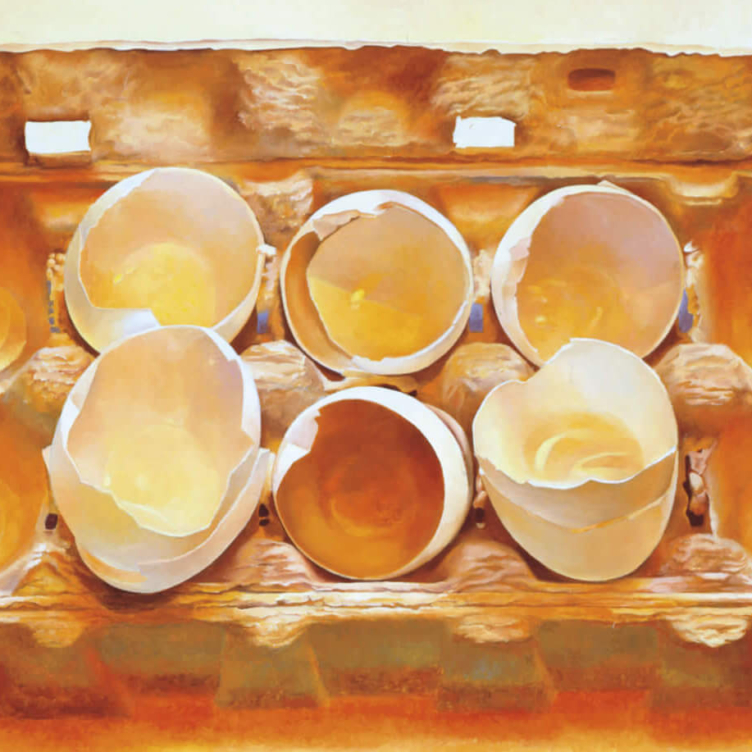 The Weight of Absence
The Weight of Absence
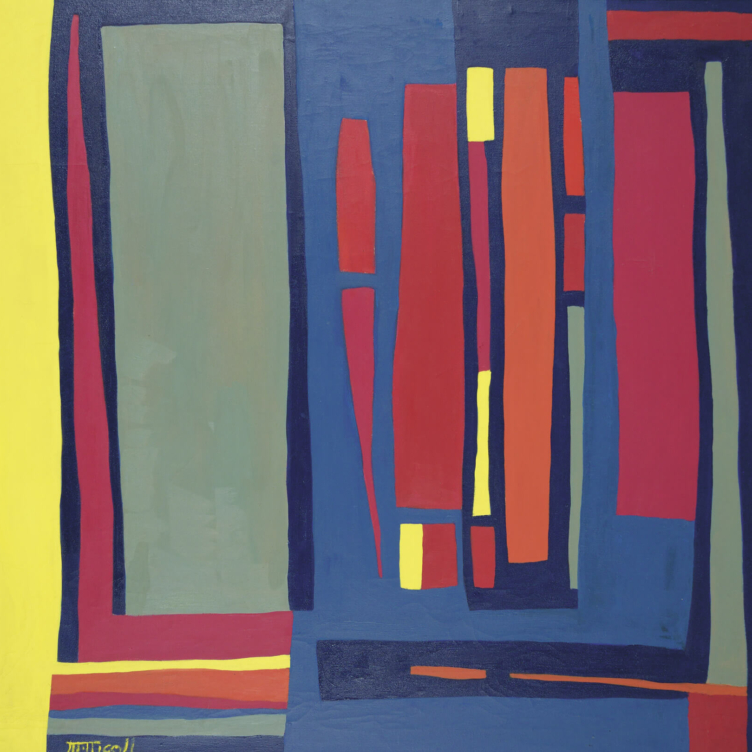 Abstract Alberta
Abstract Alberta
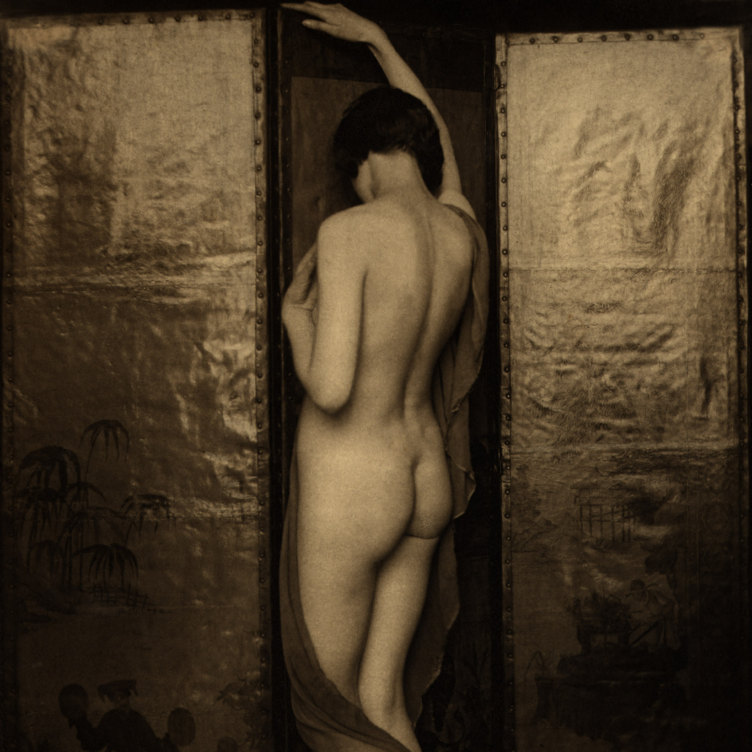 The Art of the Body
The Art of the Body
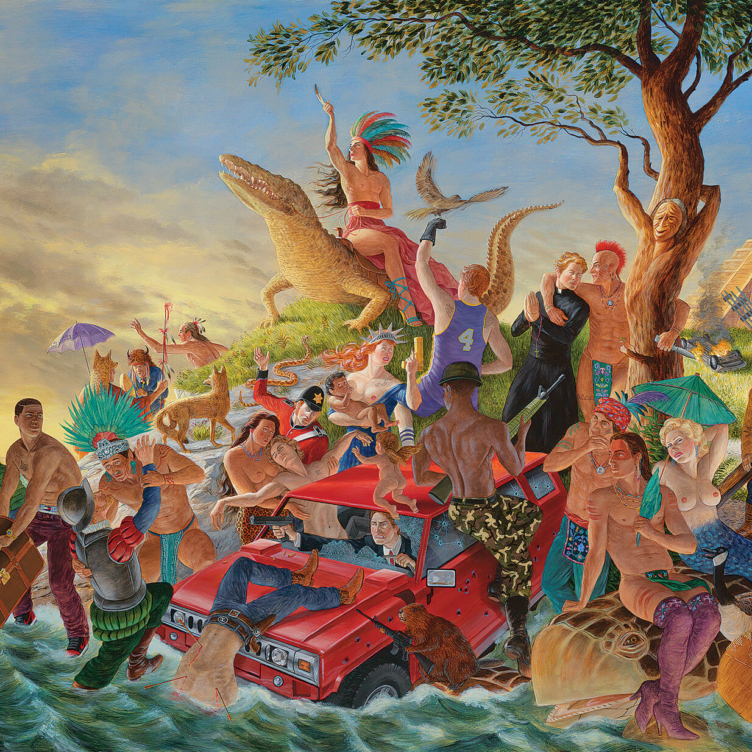 Rococo Riff
Rococo Riff
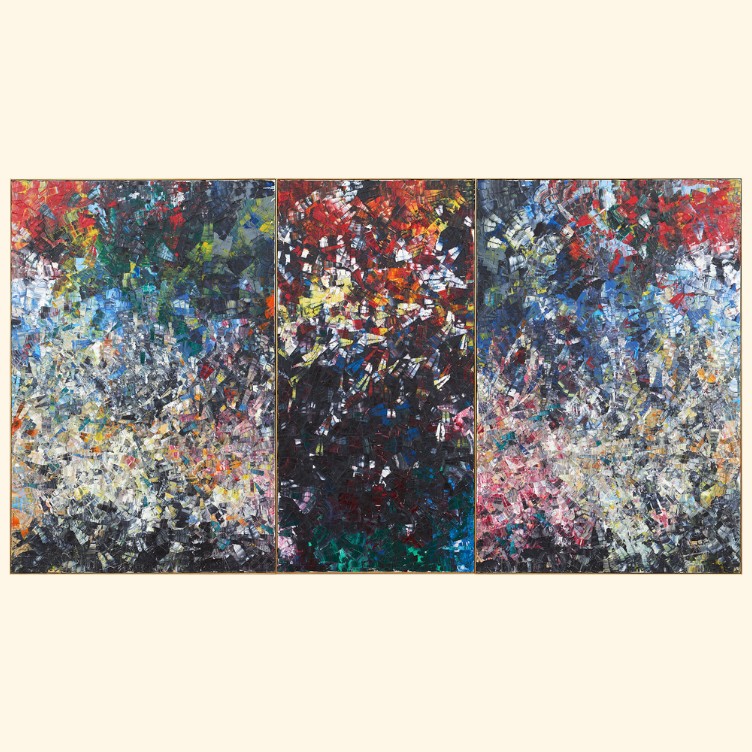 In Memory of Monet
In Memory of Monet
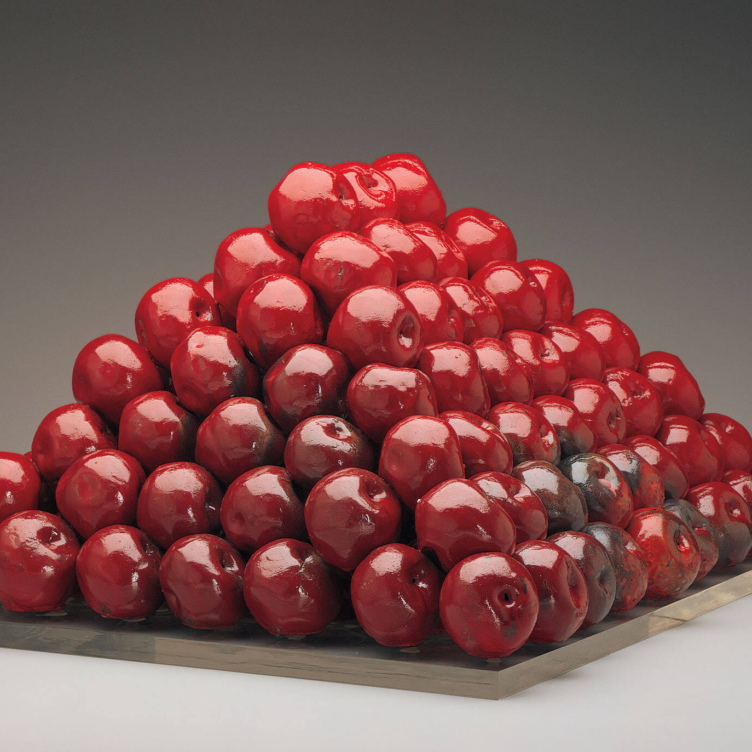 Pyramid Scheme
Pyramid Scheme
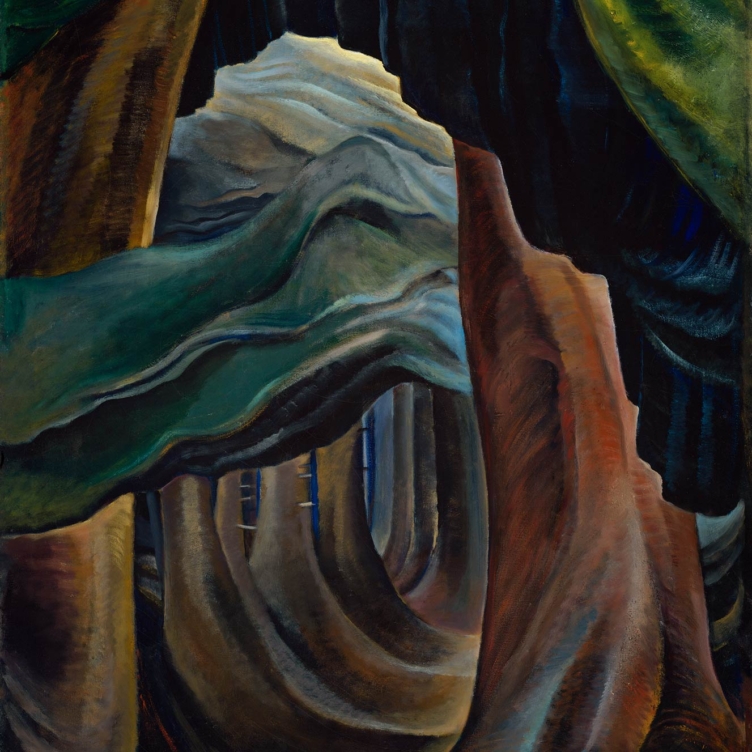 Transportive Trunks
Transportive Trunks
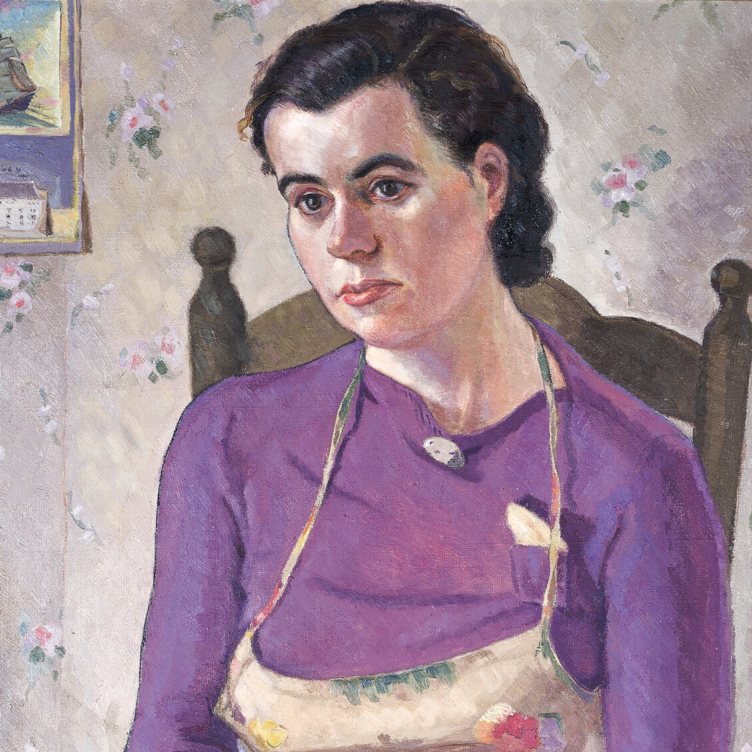 The Military Mate
The Military Mate
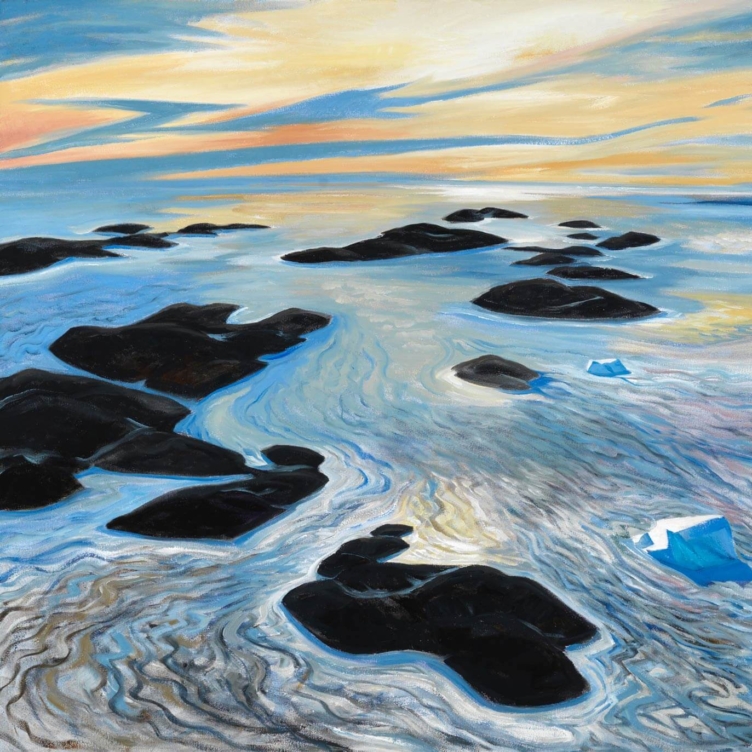 Looking Up on the World
Looking Up on the World
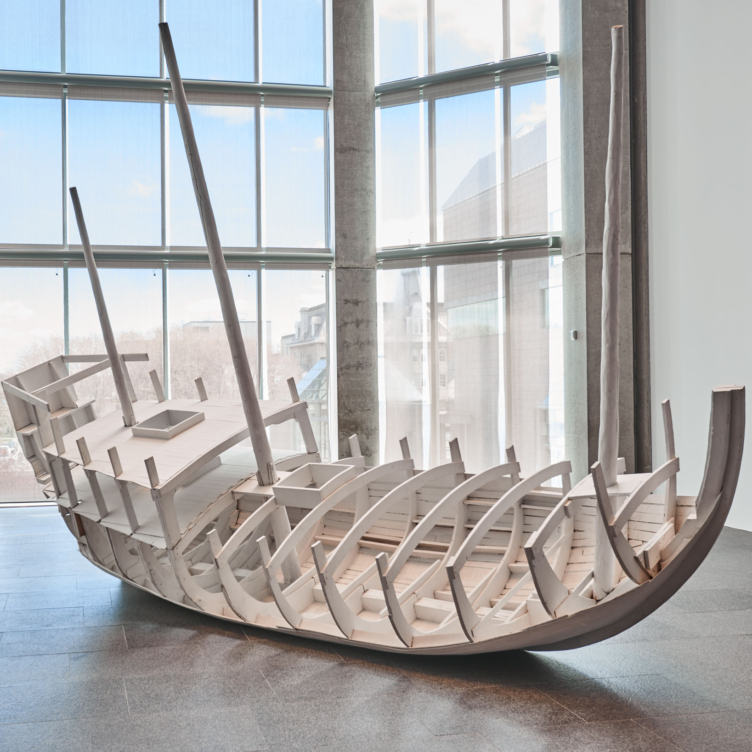 Vessel of Despair
Vessel of Despair
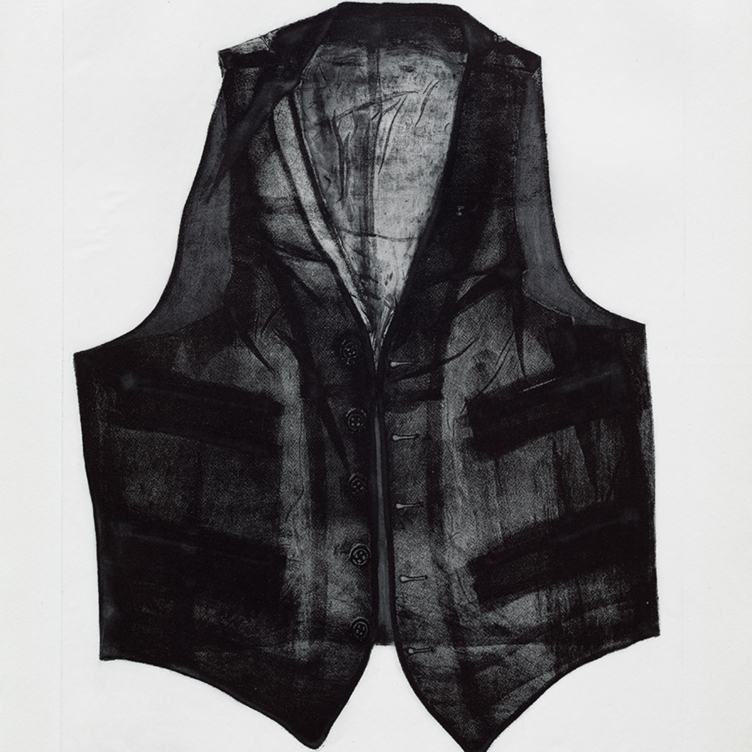 Layers of Meaning
Layers of Meaning
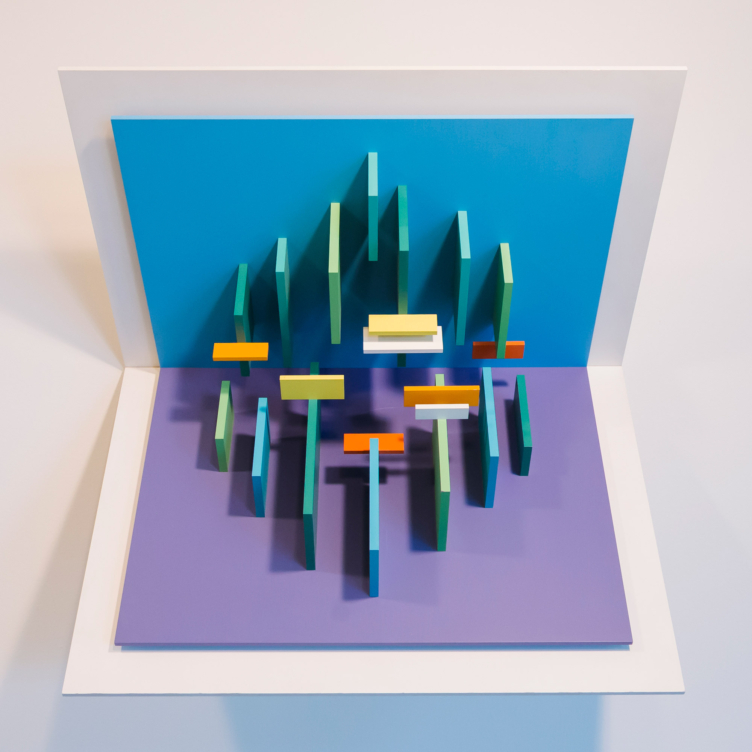 In Parallel to Nature
In Parallel to Nature
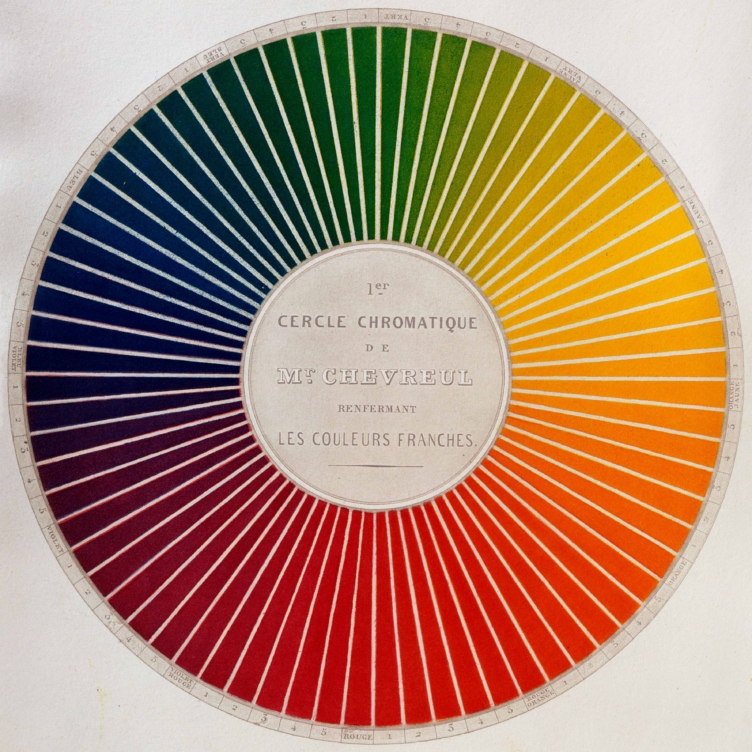 Wheel of Fortune
Wheel of Fortune
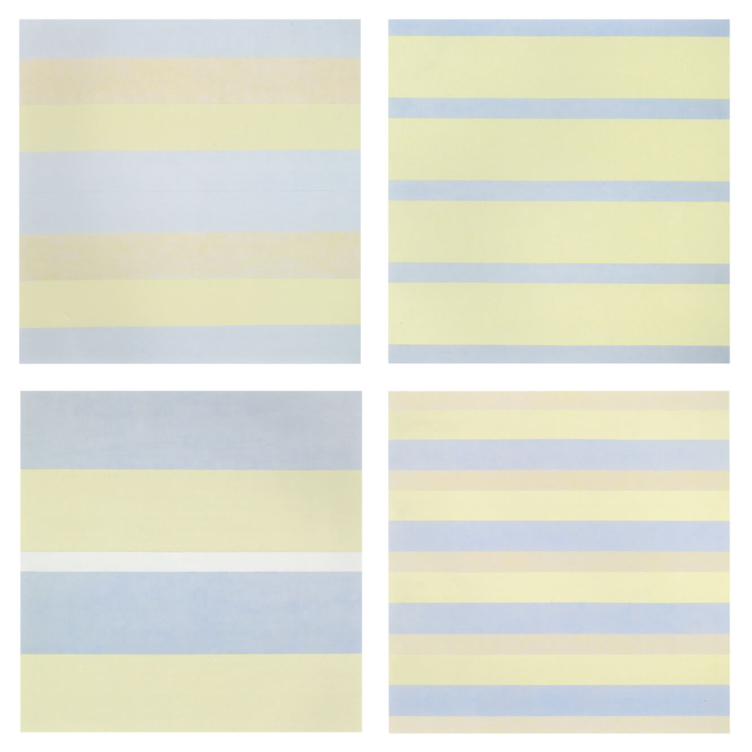 Paintings after emotional states
Paintings after emotional states
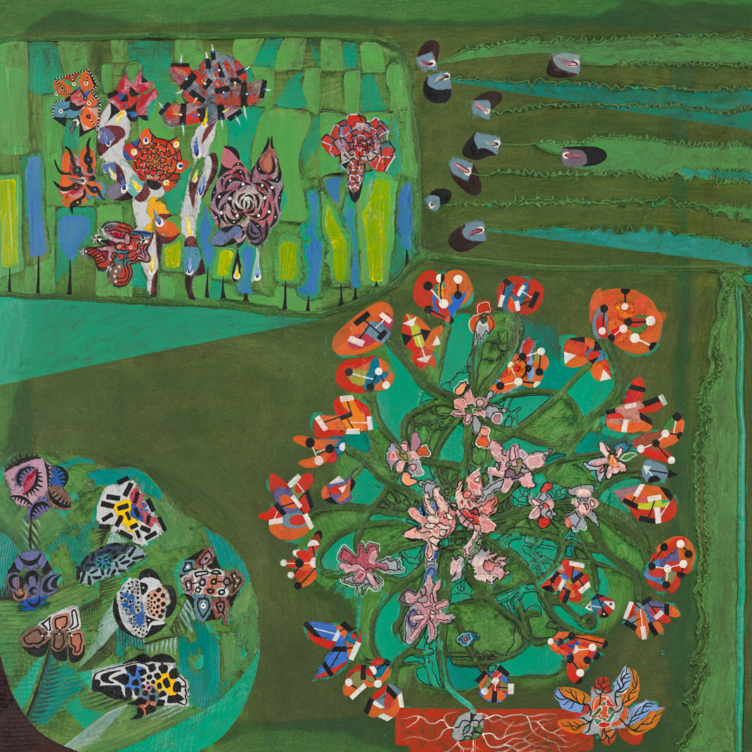 Garden of Delight
Garden of Delight
 Stitching the Archives
Stitching the Archives
 A Working-Class Hero
A Working-Class Hero
 Imagining Entangled Futures
Imagining Entangled Futures
 Bridging Far and Near
Bridging Far and Near
 Soft Power
Soft Power